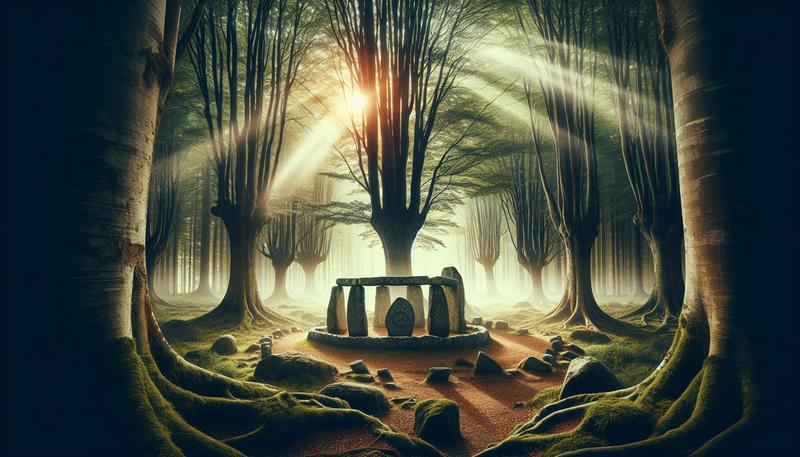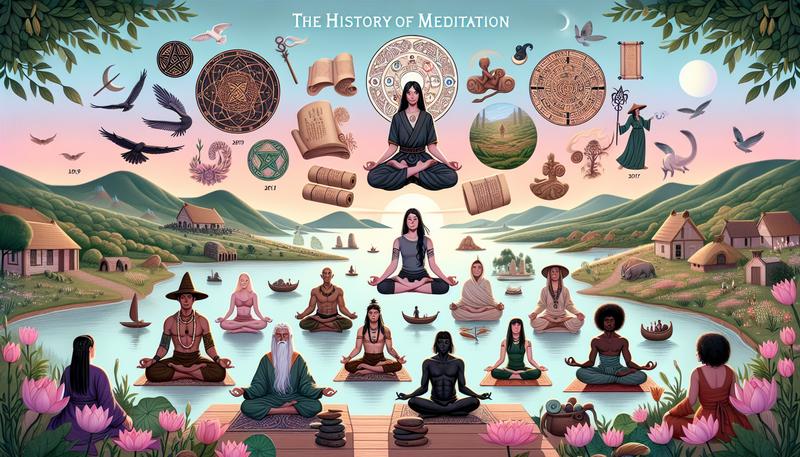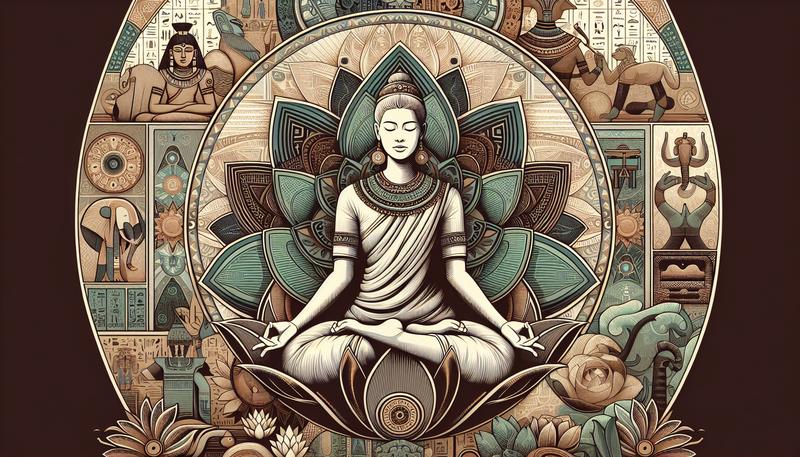The Rich History of Meditation: Journey Through Time
Meditation is a sacred practice that goes beyond mere relaxation. It is a profound tool for spiritual growth, peace, and understanding oneself and the universe. Its roots stretch back thousands of years, threading through various cultures and traditions across the globe. Today, let’s take a journey through this rich history and explore how meditation has evolved.
Ancient Beginnings
The earliest recorded evidence of meditation can be traced to around 1500 BCE in ancient India. Here, meditation became a significant part of early Vedic traditions, as spiritual seekers sought union with the divine. The practice was often intertwined with rituals and chants, guiding individuals to achieve a higher state of consciousness.
In China, meditation took on a different form during the time of Confucius and Lao Tzu in the 6th century BCE. These philosophers emphasized harmony and the balance of life, linking meditation with the practice of Taoism. This approach encouraged stillness and mindfulness, creating a foundation for health and spiritual awakening.
The Path of Buddhism
As the centuries progressed, meditation found its way into Buddhism. Siddhartha Gautama, known as the Buddha, lived in the 5th century BCE and taught meditation as a core practice for achieving enlightenment. The techniques of mindfulness and insight, or vipassana, became essential for understanding the true nature of existence.
Through the spread of Buddhism across Asia, meditation influenced many cultures. In Thailand, for instance, the settled practice of meditation transformed into various forms such as loving-kindness meditation, or metta, paving the way for compassionate living.

The Rise of Western Meditation
While meditation flourished in Asia, it took longer to establish itself in the Western world. The 20th century saw the rise of interest in Eastern spiritual practices, especially during the 1960s and 70s. Pioneers like Maharishi Mahesh Yogi introduced Transcendental Meditation, which quickly gained popularity.
This period marked a surge in mindfulness practices, eventually leading to the incorporation of meditation in psychology and health. With the work of figures like Jon Kabat-Zinn, meditation became recognized for its therapeutic benefits, and studies began to illuminate its impact on mental and physical well-being.
Meditation Today
Today, meditation is widely accepted in various forms and practices across different cultures. Whether it’s mindfulness, guided visualization, or transcendental meditation, these methods offer countless benefits to modern practitioners. People now embrace meditation to cope with stress, foster spiritual growth, and enhance overall well-being.
As Wiccans, we can incorporate meditation into our rituals and daily practices. It can help us connect with our inner selves, our higher power, and the natural world around us. The power of stillness allows us to listen to the whispers of the universe, guiding our spiritual journey.
If you’re curious about how to incorporate Wiccan elements into your meditation practice, check out this post on 8 Cool Wiccan Items You Can Totally Wear. It provides inspiration on how to infuse your meditation with meaningful symbols.
Final Thoughts
The history of meditation is a testament to humanity’s longing for connection, peace, and understanding. As we embrace this ancient practice, may we honor its roots and continue to explore the sacredness of each moment spent in stillness.
What are your thoughts on the history of meditation? Have you experienced its evolution in your own practice? Share your comments below—I’d love to hear from you!



